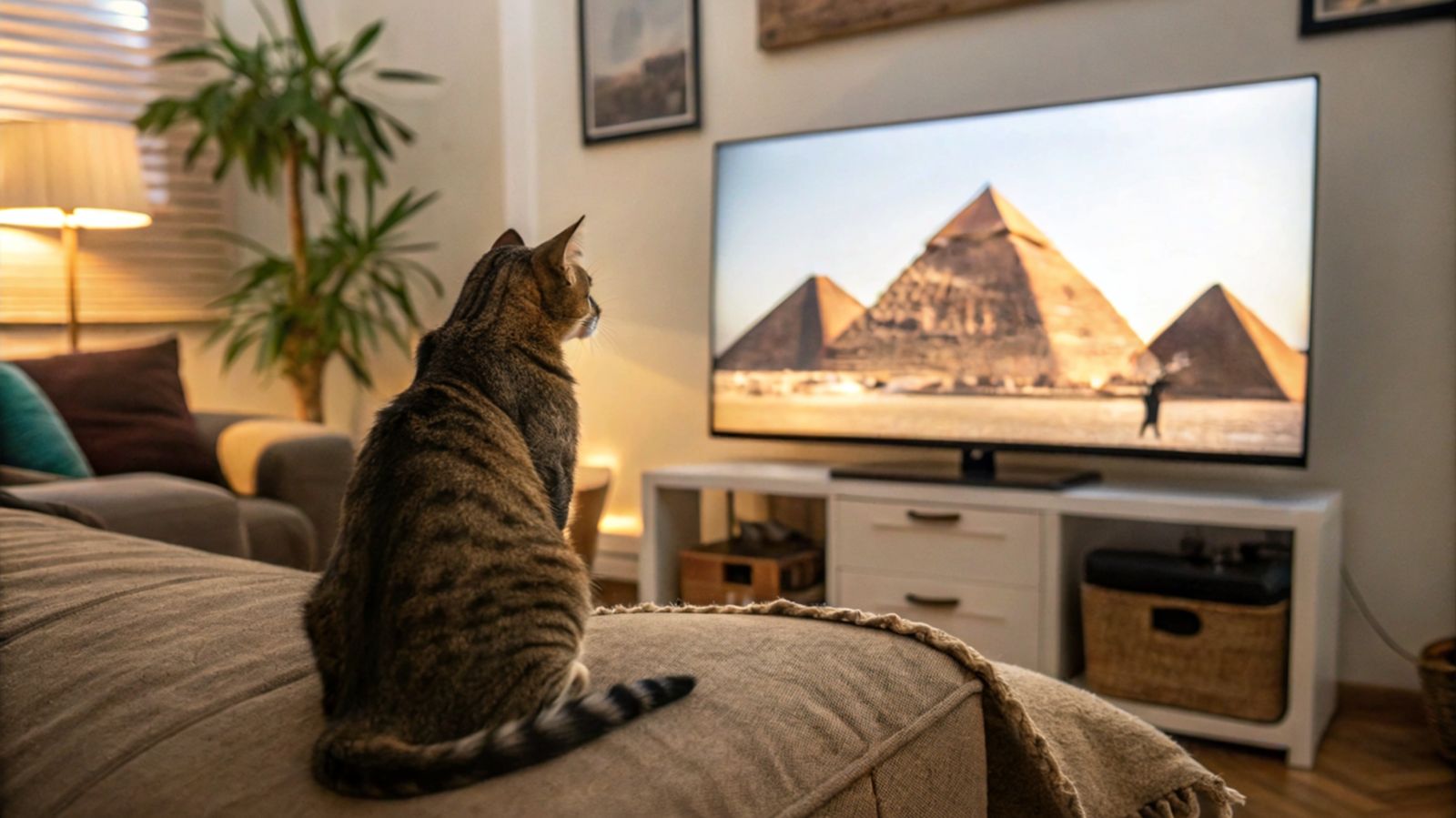Follow us on Google News (click on ☆)

Researchers already knew that domestic cats (Felis catus) descended from African wildcats (Felis lybica). However, the exact time and place of their domestication remain hotly debated. The latest research suggests this process likely occurred in ancient Egypt or another region of North Africa.
A dominant hypothesis placed cat domestication in the Levant, 12,000 to 5,000 years ago. This theory was based on the discovery of a cat buried alongside a human in Cyprus. However, the new studies challenge this idea, indicating these remains actually belonged to wild cats.
Genetic analyses conducted on ancient specimens reveal that cats found in Europe and Turkey 11,000 to 2,300 years ago were not the direct ancestors of modern domestic cats. They were rather European wildcats (Felis silvestris) that had naturally hybridized with African wildcats.
Researchers suggest cat domestication occurred in Africa, likely in Egypt or another northern region of the continent. Their analyses show that modern domestic cats are genetically closer to African wildcats from Tunisia.
In ancient Egypt, cats were venerated as part of the cult of Bastet, a goddess associated with fertility and protection. Cats were widely represented in Egyptian art and often mummified. This practice may have played a key role in their domestication.
Cats then spread to Europe via trade routes. Specimens dating from the Iron Age have been found in the UK, indicating an early wave of arrival. Greek and Roman domination later accelerated their spread across the continent.
How were cats domesticated?
Cat domestication is a process that likely began with a mutually beneficial relationship. Cats were attracted to rodents in agricultural areas, while humans appreciated their ability to control these pests.
Unlike dogs, cats weren't domesticated for specific tasks. Their natural independence allowed for more flexible coexistence with humans. This relationship evolved gradually, without conscious planning from either side.
Cultural practices, like the cult of Bastet in Egypt, played an important role in cat domestication. Egyptians mummified them in large numbers, which may have encouraged their captive breeding and accelerated the domestication process.